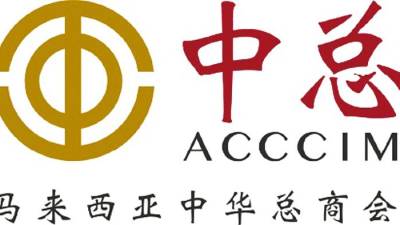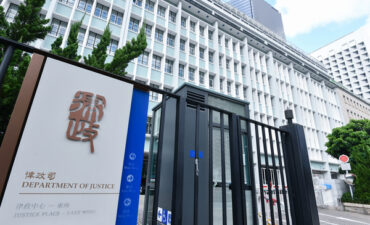PETALING JAYA: Malaysian companies expect better economic and business prospects in the second half of 2024 (H2’24) compared to H1’24, according to the Associated Chinese Chambers of Commerce and Industry of Malaysia (ACCCIM).
“In 2024, in anticipation of a gradual recovery in external demand, more than one-third of respondents (37.3%) expect ‘better’ economic prospects though 45.1% still hold a neutral view. Higher percentage of respondents expect ‘better’ economic outlook in H2’24 compared to 28.2% of total respondents in H1’24,“ said the chamber in its bi-annual Malaysia’s Business and Economic Conditions Survey for the period of H2’23 and expectations for H1’24.
ACCCIM opined that such businesses’ cautious stance about business conditions in 2023 will improve to a slightly positive outlook in 2024.
“Close to 40% of respondents have positive views on business prospects in 2024 compared to only 17.6% in 2023. Nevertheless, still higher percentage of respondents (43.6% in 2024 vs. 56.1% in 2023) hold a ‘neutral’ view.
“In tandem with the economic outlook, higher percentage of businesses see better business conditions in H2’24 (40.1% vs. 28.9% in H1’24). It is encouraging to note that nearly two-thirds of respondents have increased their capital expenditure in H2’23 and will continue to invest further in H1’24,“ it said.
Concerns such as the flunctuating ringgit (51.8%) tops the list of factors that have adversely impacted respondents’ business performance in H2’23, followed by an increase in prices of raw materials (45.0%), high operating cost and cash flow problems (38.6%), declining business and consumer sentiments” (35.8%) and lower domestic demand (35.1%).
“Over 70% of respondents indicated an increase in cost of domestic and imported raw materials in H2’23 and H1’24,“ it said.
In the survey, respondents were asked to indicate their business concerns and what should be the government’s priorities.
“Top three business concerns are reduced consumer purchasing power (as voted by 91.9% of total respondents), persistent cost pressures (90.6%) and persistently weakening ringgit (90.3%). While, 52.7% of respondents have countered the ringgit’s depreciation either through absorbing increased costs or adjusting higher selling prices.









